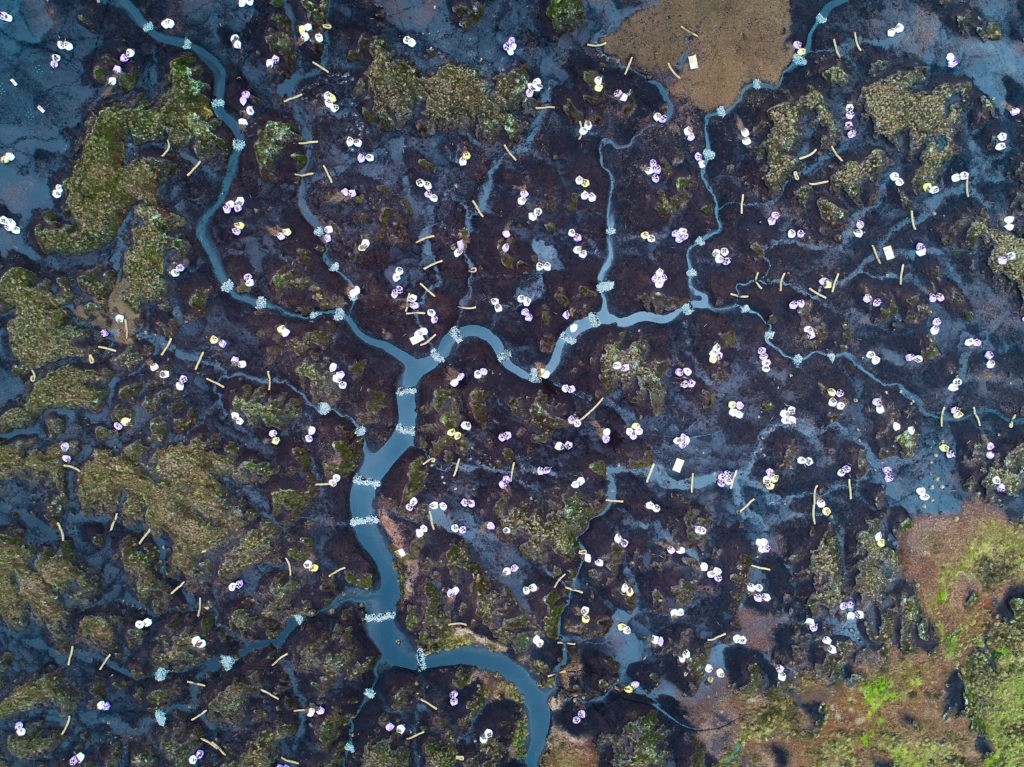What’s special?
Biodiversity
The North Pennines is internationally renowned for the extent, variety and quality of its habitats and features.
Upland habitats
Physical and climatic conditions coupled with the influence of human activities have created an array of semi-natural habitats, which is unrivalled in upland England.
Habitats include blanket bog, heathlands, upland hay meadows, oak woodlands, juniper scrub, flushes and springs, and unimproved and heavy-metal rich grasslands. In addition, the assemblage of flowering and lower plants, particularly on calcareous grasslands and flushes in Teesdale, is unique in the UK and of international importance. The world famous rivers Tyne, Wear and Tees all have their birthplace high in the North Pennines.
Important species
The Wildlife & Countryside Act, 1981 gives protection to specified animal and plant species. The North Pennines is a nationally important area for many of these species, including:
- 12% of Great Britain’s merlins
- 10% of Great Britain’s golden plovers
- 80% of England’s black grouse
- 19 Red Data Book birds
- 23 Red Data Book plants
- 17 Red Data Book Invertebrates
- 6 bird species listed on Annex 1 of the EU Birds Directive Species
- 14 bird species protected at all times under Schedule 1, Part 1 of the Wildlife and Countryside Act, 1981
- Water voles, for which the North Pennines holds three National Key Sites














